Mammals
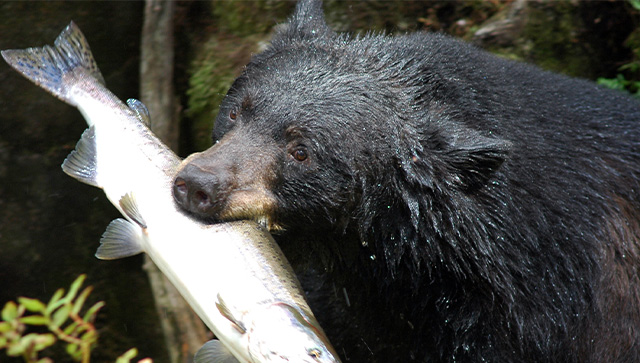
Black Bear
Black Bear (Ursus americanus) – common.
Habitat: forests and alpine meadows.
The black bear is North America’s smallest and most common species of bear. Black bears are omnivores, varying their diet greatly depending on the season.
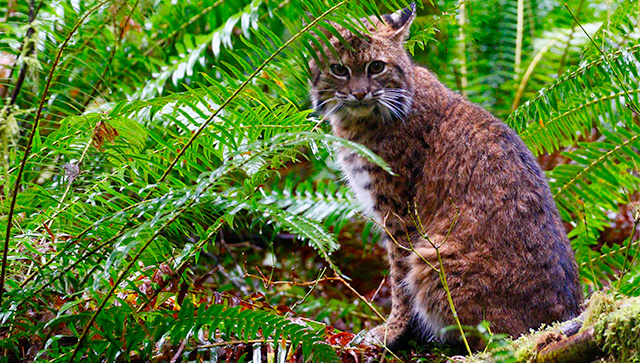
Bobcat
Bobcat (Lynx rufus) – common.
Habitat: open forests and brushy areas.
Although rarely seen, bobcats are an abundant and adaptable predator. Bobcats are solitary and territorial animals, using several methods to mark their boundaries, including claw marks and deposits of urine or feces.
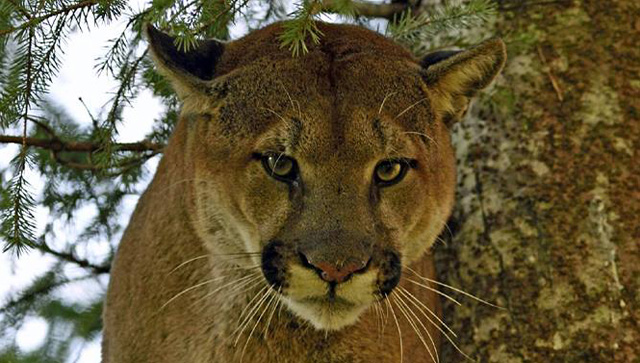
Cougar
Cougar – common.
Habitat: coniferous forests
This large, solitary cat is the most widespread of any large wild terrestrial mammal in the Western Hemisphere. Cougars are an ambush predator, powerfully built with large paws, sharp claws, and muscular hind legs that give them great jumping power.
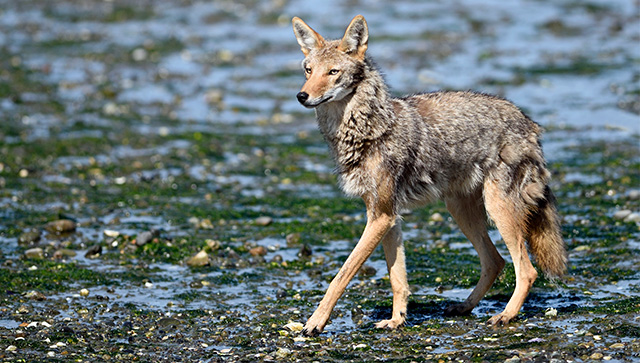
Coyote
Coyote (Canis latrans) – common.
Habitat: forests, grasslands,
With the extirpation of wolves on the Olympic Peninsula, coyotes have expanded their range and become more numerous. Coyotes display an impressive ability to adapt to environments modified by humans.
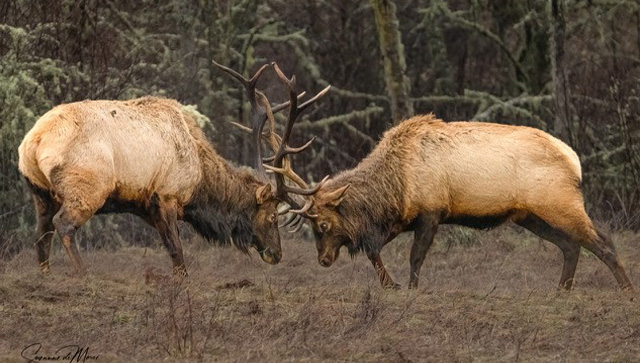
Roosevelt Elk
Roosevelt Elk (Cervus canadensis roosevelti) – common.
Habitat: open forestsCo, high meadows.
Roosevelt Elk is one of the largest species of the deer family in the world. The desire to protect Roosevelt Elk from over-hunting led Teddy Roosevelt to establish Mount Olympus National Monument which later became Olympic National Park.
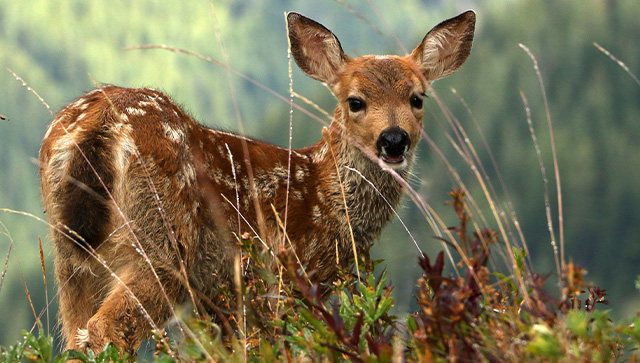
Columbian Black Tailed Deer
Columbian Black-tailed Deer (Odocoileus hemionus subsp. columbianus)– common.
Habitat: open forests, alpine meadows
A sub-species of mule deer, these browsers can live on a variety of plant material thanks to cellulose digesting bacteria in their first stomach. Cougars are the top nonhuman predator of deer now that wolves have been extirpated.
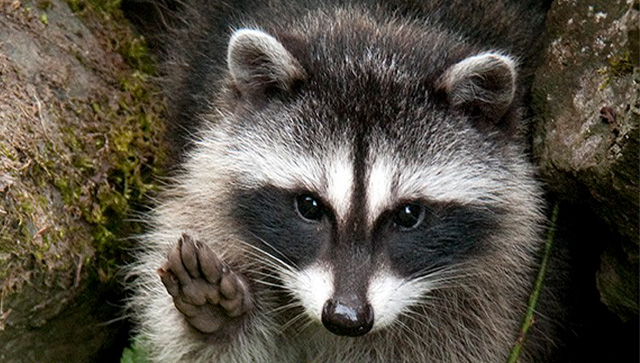
Raccoon
Raccoon (Procyon lotor) common.
Habitat: open forests, streams, human communities.
Raccoons specialized and heightened sense help them survive and thrive. Their omnivorous diet, dexterity, and problem solving abilities have allowed them to be successful in towns and cities.
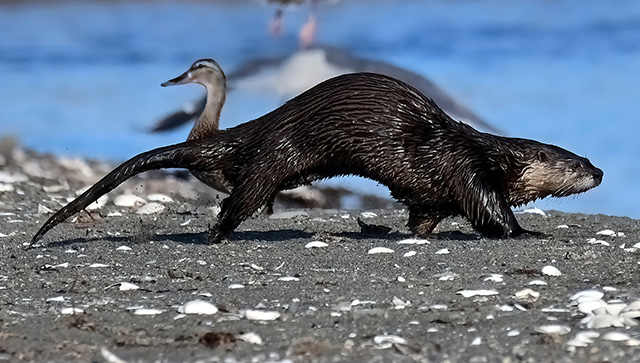
North American River Otter
North American River Otter (Lontra canadensis) – common.
Habitat: rivers, ponds.
River otters are semiaquatic mammals that are protected and insulated by a thick, water-repellant coat of fur. Fish is a favored food among otters but they also consume various amphibians, clams, mussels snails, and crayfish.
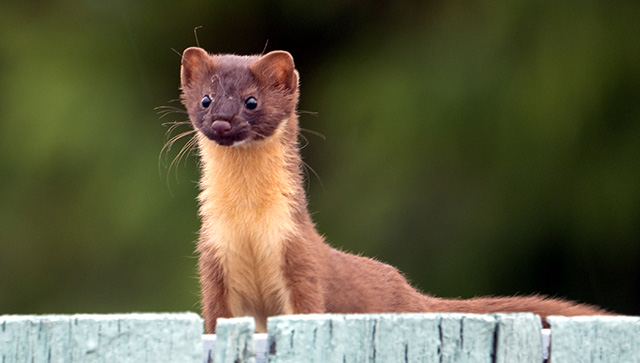
Long-tailed Weasel
Long-tailed weasel (Neogale frenata) – common.
Habitat: open forests and meadows
Weasels are thinner, faster, and fiercer than any animal near their weight. While their main staple is mouse-sized prey, they can also take down snowshoe hare, a species as much as ten times their size.
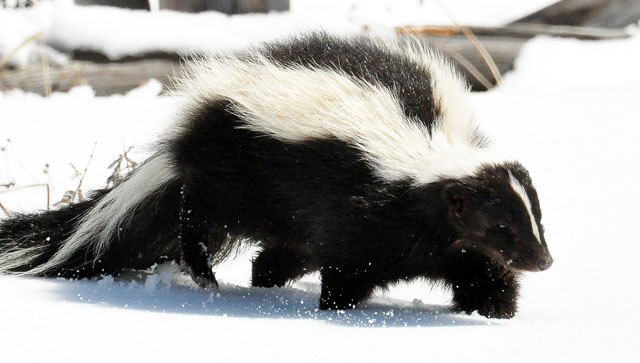
Striped Skunk
Striped skunk (Mephitis mephitis) common.
Habitat: open forests and grasslands – C
Striped skunks may lack camouflage, but their notorious defense weapon of spraying a strong-smelling liquid is superlative. Only great horned owls with very little sense of smell seem to prey on skunk regularly.
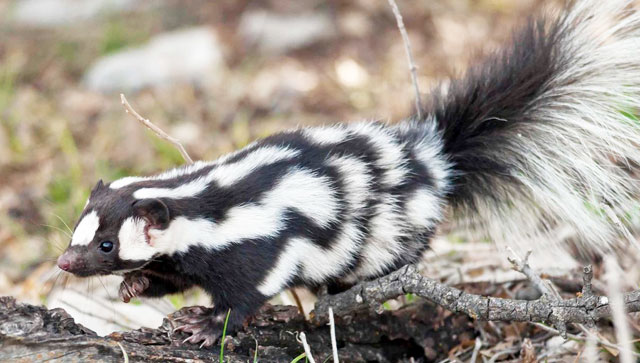
Western Spotted Skunk
Western spotted skunk (Spilogale gracilis) common.
Habitat: mixed woodlands, open areas, and farmlands
Spotted skunk usually spray from the handstand position, earning them the nickname “acrobats of the skunk world.” They are more likely to be seen in and around forests and woodlands and are less tolerant of human activity than the striped skunk.

Beaver
Beaver (Castor canadensis) common.
Habitat: ponds, streams, lakes
The beaver is the largest rodent in North America. Triggered by the sound of running water, beavers build dams that stabilize rivers and have striking effects on landforms and vegetation.
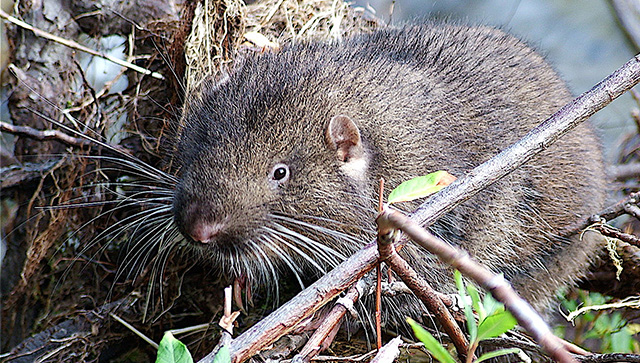
Mountain Beaver
Mountain beaver (Aplodontia rufa) – common.
Habitat: deciduous and coniferous forests
Mountain beavers are not really beavers but named so because they gnaw bark and cut off limbs in a similar way to true beavers. The burrowing rodents create tunnel systems that may contain ten or more exits with special chambers used for nesting, feeding, and storing food.
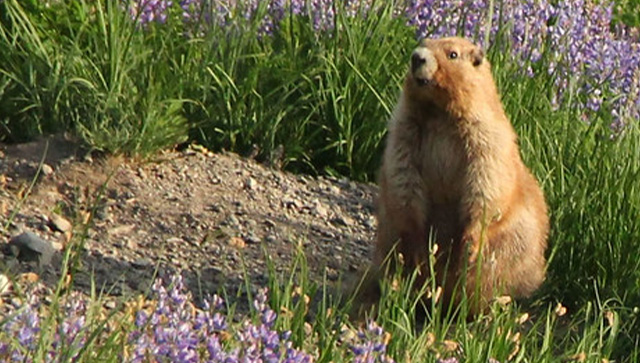
Olympic Marmot
Olympic Marmot (Marmota olympus) common.
Habitat: alpine and subalpine meadows
Olympic Marmots are endemic to the Olympic Peninsula, meaning they live here and nowhere else. These social rodents occupy mountain meadows above 4000ft where they feast on flowering plants during the summer months to fatten up before their eight-month hibernation.
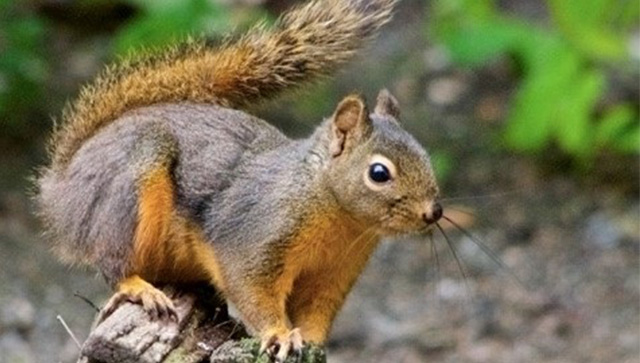
Douglas Squirrel
Douglas squirrel (Tamiasciurus douglasi) – common.
Habitat: coniferous forests

Yuma Myotis
Yuma myotis (Myotis yumanensis) – common.
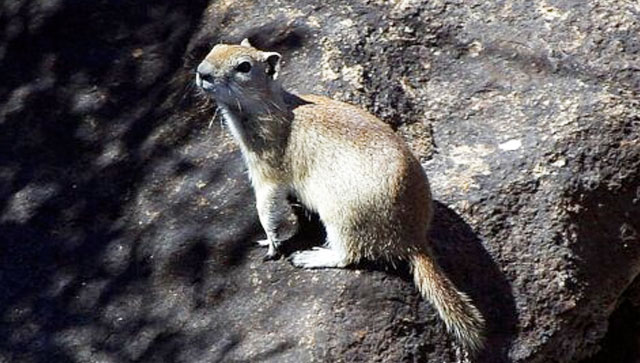
Northern Flying Squirrel
Northern flying squirrel (Glaucomys sabrinus) – common.
Habitat: coniferous forests
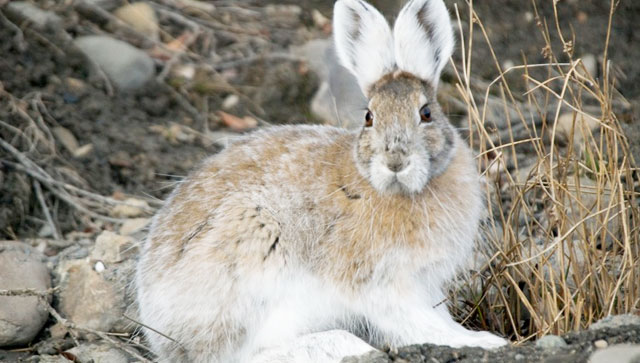
Snowshoe Hare
Snowshoe hare (Lepus americanus) – common.
Habitat: coniferous forests
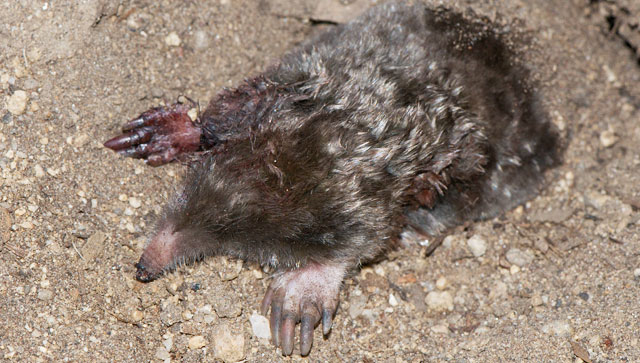
Townsend's Mole
Townsend’s mole (Scapanus townsendii) common.
Habitat: open lowland and wooded areas
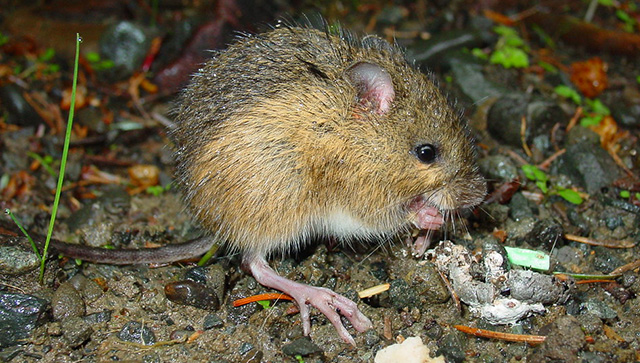
Pacific Jumping Mouse
Pacific Jumping Mouse (Zapus trinotatus) common.
Habitat: grasslands, swamps
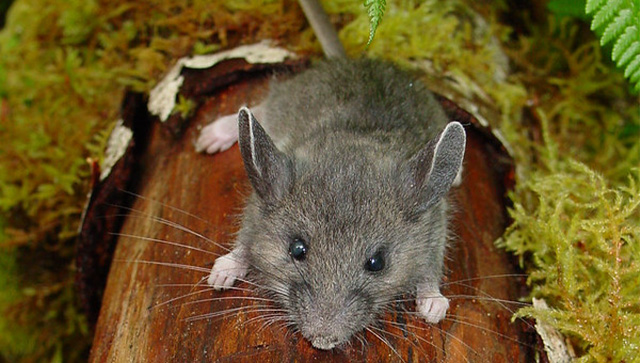
Northwestern Deer Mouse
Northwestern Deer Mouse (Peromyscus keeni) common.
Habitat: forests, grasslands, alpine meadows
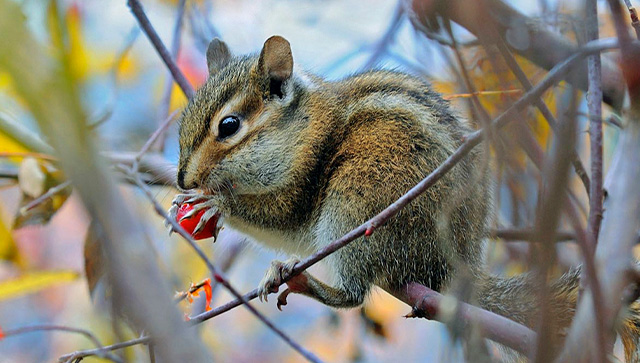
Townsend's Chipmunk
Townsend’s Chipmunk (Neotamias townsendii) – common.
Habitat: open forests, brushy, rocky areas

Pacific Marsh Shrew
Pacific Marsh Shrew (Sorex bendirii) common.
Habitat: aquatic surroundings

Townsend's Vole
Townsend’s Vole (Microtus townsendii) – common.
Habitat: grasslands
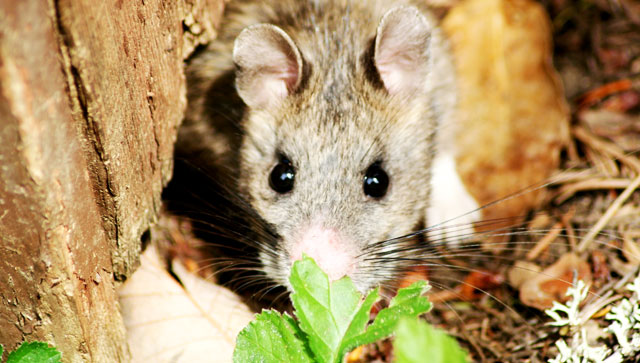
Bushy-tailed Woodrat
Bushy-tailed Woodrat (Neotoma cinerea) – common.

